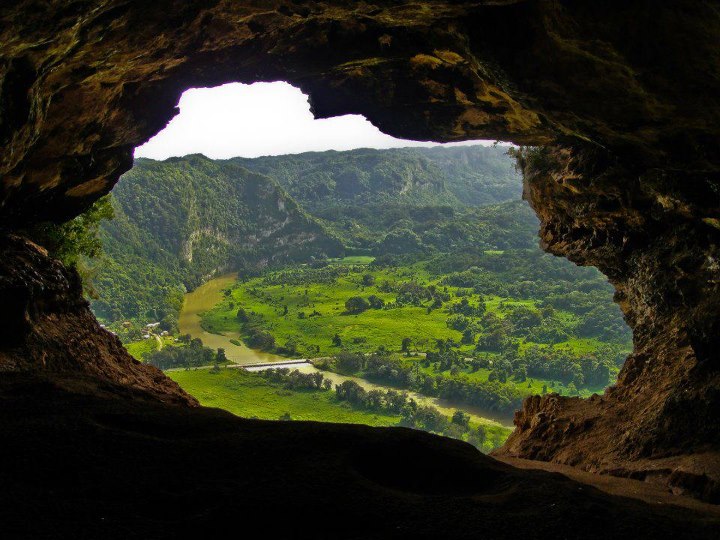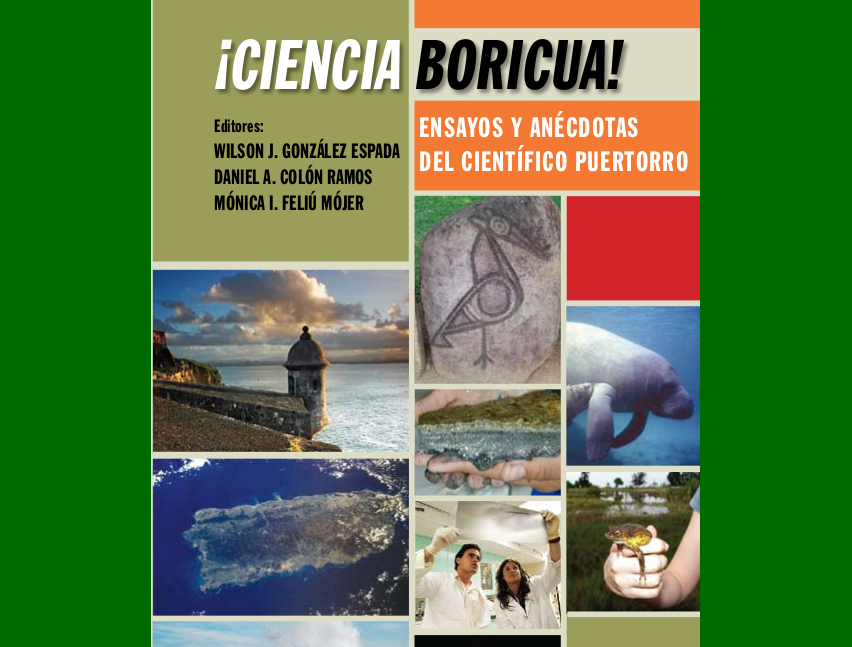Cuban frogs multiply and threaten native species in Puerto Rico
Submitted on 18 August 2025 - 10:00am
This article is reproduced by CienciaPR with permission from the original source.
CienciaPR Contribution:
Original Source:
By:

The fame of coquí frogs as Puerto Rico's best-known frogs is matched only—though not for a good reason—by Cuban frogs, an invasive amphibian that has threatened several endemic species since its introduction to the island in the 1950s, specifically on the coast of Aguadilla.
Cuban frogs likely arrived in Puerto Rico through the trade of tropical plants from Cuba to the state of Florida, and subsequently by boat to the island, according to Dr. Timothy Colston, professor of biology and director of the genomic resources collection at the University of Puerto Rico's Mayagüez Campus (RUM).
“I wouldn't even dare to guess how many Cuban frogs there are in Puerto Rico,” Colston said. “It must be in the hundreds of thousands.”
One of the reasons this invasive species has thrived is the lack of natural predators in the local ecosystem. When animals such as birds, cats, or dogs—which typically feed on amphibians—try to eat them, they spit them out. In some cases, dogs even foam at the mouth. This is due to a chemical reaction caused by toxins present in the frogs' skin.
Although these toxins are not poisonous to humans, Colston warned that caution should be exercised when handling them without gloves. After touching them, it is important to avoid contact with the eyes and wash your hands thoroughly.
Currently, research is being conducted at RUM to better understand both the behavior and chemical composition of this species. Under Colston's supervision, master's student Yeissette Burgos-Amengual is investigating the toxins present in its skin.
The team seeks to identify their composition and determine whether they are produced by the frog itself or by bacteria that inhabit its glands.
From an ecological standpoint, Cuban frogs pose a significant threat. They are generalist predators, meaning they can eat virtually anything that fits in their mouths, including other Cuban frogs.
This broad diet allows them to compete for resources with native species, affecting their survival by limiting their access to food and breeding sites.
Another evolutionary advantage of this species is its great reproductive flexibility. They are able to reproduce throughout the year, especially during rainy seasons, and can do so in any amount of standing water. This facilitates their expansion and population growth, said the expert.
According to Colston, an effective strategy for controlling their population is to intervene during the egg stage. These eggs look like floating black spots, evenly distributed. They can be grouped in small numbers or in large masses, depending on the level of disturbance in the environment.
In their adult stage, Cuban frogs can be identified by their large size (between three and four inches), webbed feet, and a touch of yellow near their hind legs. Their eyes are noticeably bulging and separated by bony structures that are only micro-inches from their moist skin. This need to keep their skin moist causes them to take refuge in shady places, such as under vehicles.
At night, they tend to gather near bodies of water to reproduce. After fertilization by the males, the eggs develop into tadpoles in about a week, and a week later they complete their metamorphosis. Their life expectancy varies between three and five years.
Colston also highlighted the importance of citizen participation in research. Much of the data his laboratory uses comes from observations shared by people through Facebook groups or the iNaturalist app, where users can post photos of the species they encounter.
“We are always open to collaboration. There are many questions and few people researching Cuban frogs,” Colston concluded.







